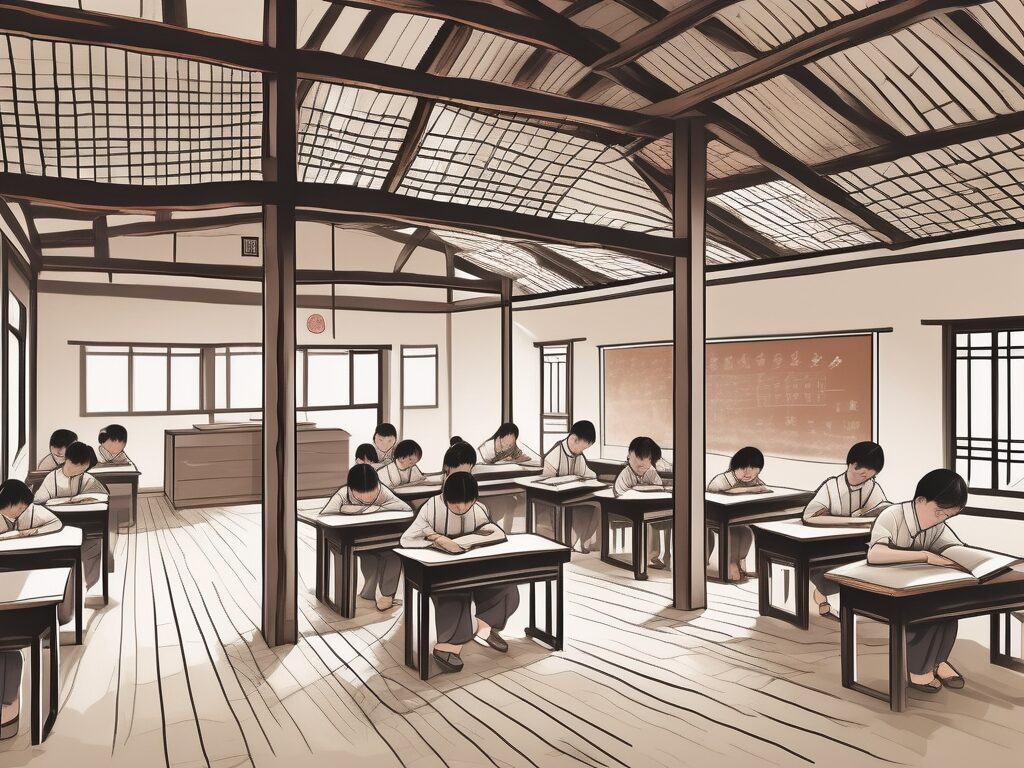Education, the foundation of a nation’s growth and development, is a topic of global interest. In the vast and diverse country of China, education has always been a priority, with the government investing heavily in the sector. However, like any other system, it’s not without its challenges. In this piece, we’ll delve into five key issues that are currently shaping the educational landscape in China.
1. Rural-Urban Education Gap
One of the most pressing issues in China’s education system is the stark disparity between rural and urban areas. This gap is evident in various aspects, from the quality of teaching to the availability of resources.
In urban areas, schools are often well-equipped with modern facilities and highly qualified teachers. On the other hand, rural schools often struggle with a lack of resources and underqualified teachers. This is akin to the difference between a high-end supermarket and a local corner shop – both serve the same purpose, but the quality and variety of products can vary significantly.
2. High Pressure on Students
Chinese students are known for their academic excellence, often topping global rankings in subjects like maths and science. However, this success comes at a cost. The pressure to perform well academically is immense, starting from a very young age.
Imagine training for the Olympics, but the event is your school exams and the training starts from the age of six. That’s the level of intensity many Chinese students face. This pressure often leads to high stress levels and mental health issues among students.
3. Inequality in Access to Higher Education
Access to higher education in China is another area where inequality is evident. The highly competitive Gaokao, China’s national university entrance exam, is a major hurdle for many students, particularly those from disadvantaged backgrounds.
Think of the Gaokao as a massive hurdle race where everyone starts at the same line, but some runners have to jump over more hurdles than others. Those with fewer resources and less preparation have a much harder time clearing the hurdles and reaching the finish line.
4. The One-Size-Fits-All Approach
China’s education system is often criticised for its one-size-fits-all approach. The focus is primarily on rote learning and memorisation, with little emphasis on creativity and critical thinking.
It’s like being given a set menu at a restaurant with no option to choose or customise your dishes. This approach often stifles students’ individuality and limits their ability to think outside the box.
5. The Need for Education Reform
Given these issues, there’s a growing consensus that China’s education system needs reform. The government has recognised this and has initiated several reforms in recent years, but progress has been slow.
Reforming an education system is like turning a large ship – it takes time and careful navigation. However, with the right policies and a commitment to change, it’s possible to address these issues and create a more equitable and effective education system in China.
In conclusion, while China’s education system has many strengths, it also faces significant challenges. By addressing these issues, China can ensure that its education system continues to support its economic growth and social development.
Empower Your Educational Journey with IPGCE
As China seeks to reform and enhance its education system, educators have the opportunity to play a pivotal role in this transformation. IPGCE is dedicated to empowering teachers with the qualifications and skills needed to thrive in international educational settings. By joining the UK’s #1 Teacher Training Course, you’ll not only increase your chances of securing interviews and advancing your career but also connect with a global network of professionals, gain a deeper understanding of diverse education systems, and enjoy the flexibility to balance professional development with your current commitments. Don’t let inadequate credentials or isolation limit your potential. Join the IPGCE program today and be at the forefront of educational excellence and reform.

